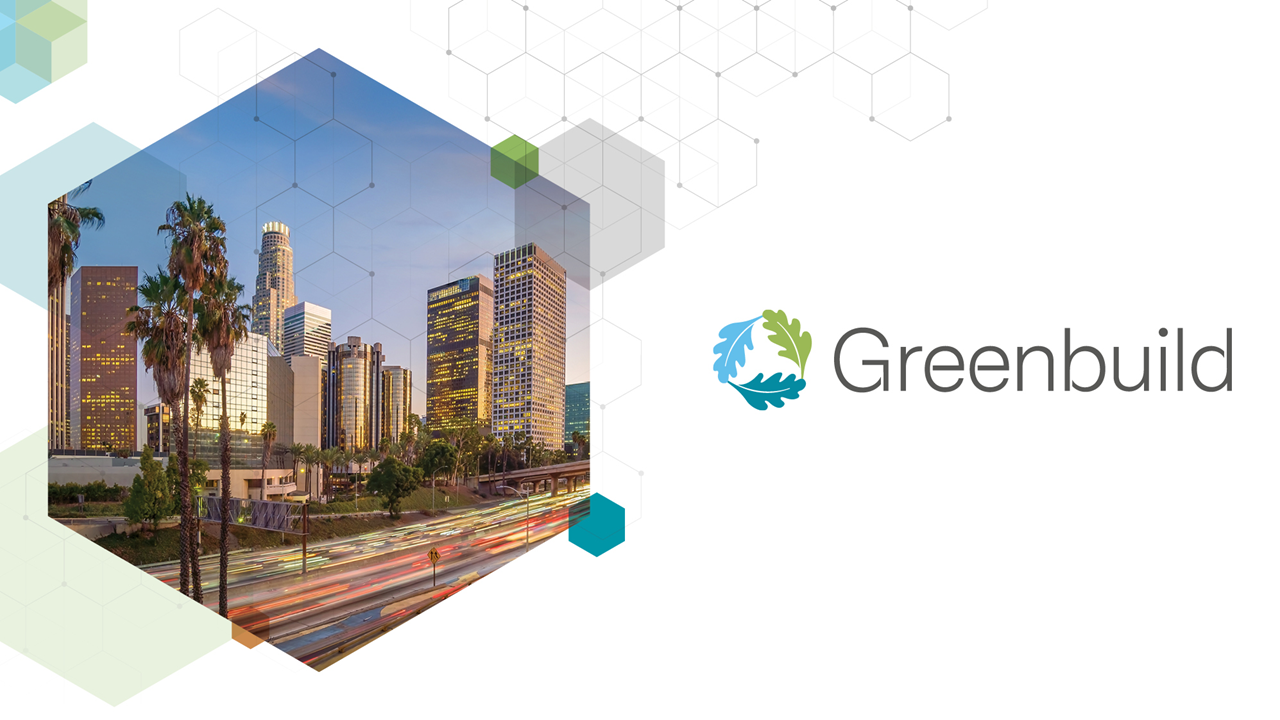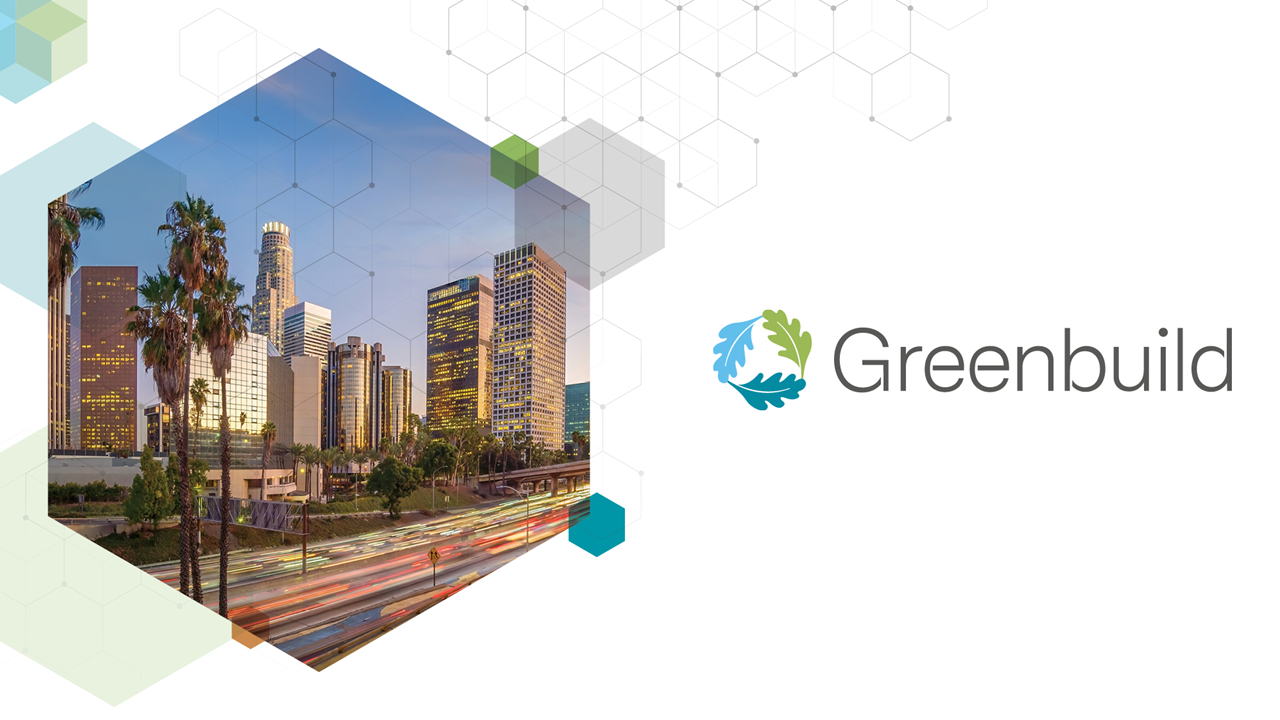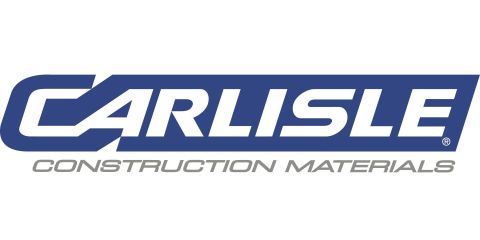

Beyond Transparency: Two Firms, Two Certifications, and AIA-Materials-Pledge in Action
Thursday, November 6, 2025 10:30 AM to 11:30 AM · 1 hr. (US/Pacific)
Material Innovation, Circular Economy and Zero Waste
Information
Transparency alone won’t create healthier buildings—optimizing materials’ health attributes will. Designers and firms are gathering unprecedented amounts of material health data, but how do we move beyond transparency to actually shift project outcomes?
This session will demonstrate how two leading architecture firms—Perkins Eastman and HKS—are translating material health reporting into action through the AIA Materials Pledge. Attendees will gain firsthand insights into the challenges and opportunities of integrating healthier materials into project workflows, specifications, and firm-wide strategies. Alongside these case studies, leaders from Cradle to Cradle Product Innovation Institute and Living Future show how Declare, C2C, and LPC go beyond disclosure to support optimization, carbon reduction, and circularity.
By bridging real-world firm implementation with evolving certification strategies, this session helps designers integrate optimization beyond data collection—leveraging reporting processes to improve material decisions, set firm-wide goals, and drive industry-wide change.
Key Takeaways:
From Pledge to Practice: How two firms transformed the AIA Materials Pledge from an industry commitment into a firm-wide strategy that actively reshapes specifications, supplier engagement, and project outcomes.
Beyond the Red List: How Declare, Living Product Challenge, and Cradle to Cradle Certified go beyond disclosure to guide designers toward healthier, regenerative, and low-carbon materials aligned with circularity.
Cracking the Certification Code: How to strategically leverage rating systems, EPDs, HPDs, and third-party certifications—not just for compliance, but to influence manufacturers, reduce embodied carbon, and meet sustainability commitments.
Moving from Transparency to Optimization: Practical strategies for integrating healthier materials across project types. Case studies show how change is possible—even with reluctant clients—through materials libraries, firm policies, and cross-practice collaboration, pushing the industry toward a zero-toxicity, circular economy.
This session will demonstrate how two leading architecture firms—Perkins Eastman and HKS—are translating material health reporting into action through the AIA Materials Pledge. Attendees will gain firsthand insights into the challenges and opportunities of integrating healthier materials into project workflows, specifications, and firm-wide strategies. Alongside these case studies, leaders from Cradle to Cradle Product Innovation Institute and Living Future show how Declare, C2C, and LPC go beyond disclosure to support optimization, carbon reduction, and circularity.
By bridging real-world firm implementation with evolving certification strategies, this session helps designers integrate optimization beyond data collection—leveraging reporting processes to improve material decisions, set firm-wide goals, and drive industry-wide change.
Key Takeaways:
From Pledge to Practice: How two firms transformed the AIA Materials Pledge from an industry commitment into a firm-wide strategy that actively reshapes specifications, supplier engagement, and project outcomes.
Beyond the Red List: How Declare, Living Product Challenge, and Cradle to Cradle Certified go beyond disclosure to guide designers toward healthier, regenerative, and low-carbon materials aligned with circularity.
Cracking the Certification Code: How to strategically leverage rating systems, EPDs, HPDs, and third-party certifications—not just for compliance, but to influence manufacturers, reduce embodied carbon, and meet sustainability commitments.
Moving from Transparency to Optimization: Practical strategies for integrating healthier materials across project types. Case studies show how change is possible—even with reluctant clients—through materials libraries, firm policies, and cross-practice collaboration, pushing the industry toward a zero-toxicity, circular economy.
Pass Type
Conference PassVolunteer PassStudent Pass
Location
403B
Program
Greenbuild
Track
Materials
Learning Level
Intermediate
Learning Objective 1
Analyze how firms move beyond transparency to optimize circularity, health, and embodied carbon by mastering the AIA Materials Pledge as a strategic lever for industry-wide change across project lifecycles.
Learning Objective 2
Evaluate how certifications are evolving to support designers, through more efficient material’s research for better resource recovery, reuse, and waste reduction while influencing materials supply chains and manufacturer accountability.
Learning Objective 3
Identify how a next-generation of material certifications are offering practical ways to integrate EPDs, HPDs and material tracking tools into workflows to reduce waste and support regenerative materials.
Learning Objective 4
Apply practical strategies to establish firm-wide policies and procurement processes that accelerate circular materials, modularity, and innovation, turning reporting into a roadmap for continuous improvement.
Continuing Education Credit Offered
AIA LU|HSWGBCIIDCEC




